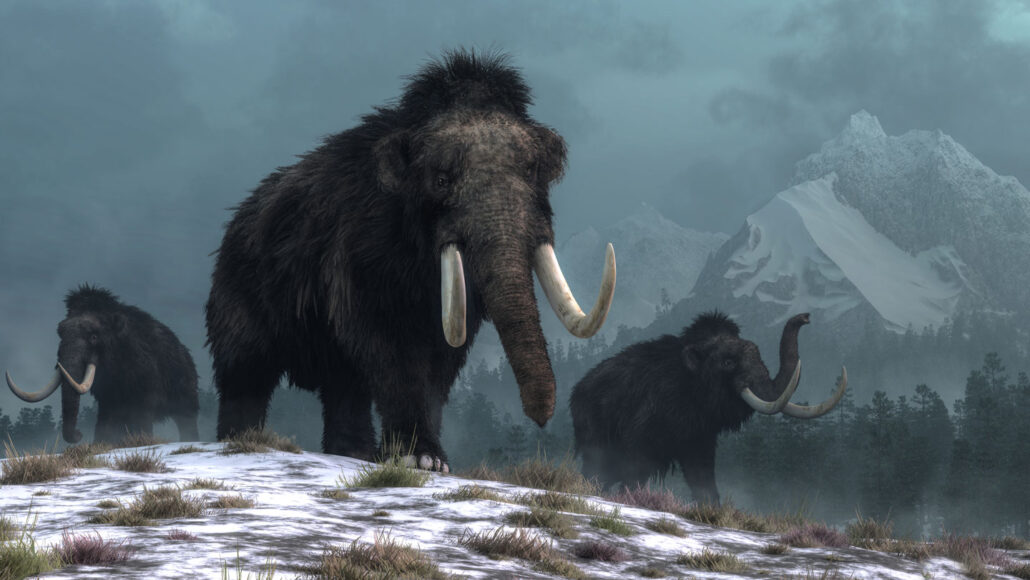Questions for “Will the woolly mammoth return?”

The woolly mammoth went extinct thousands of years ago. But it might not stay extinct. Genetic engineering may be able to bring back a very similar animal. And there’s already a home waiting for it in Siberia.
Daniel Eskridge/iStock/Getty Images Plus